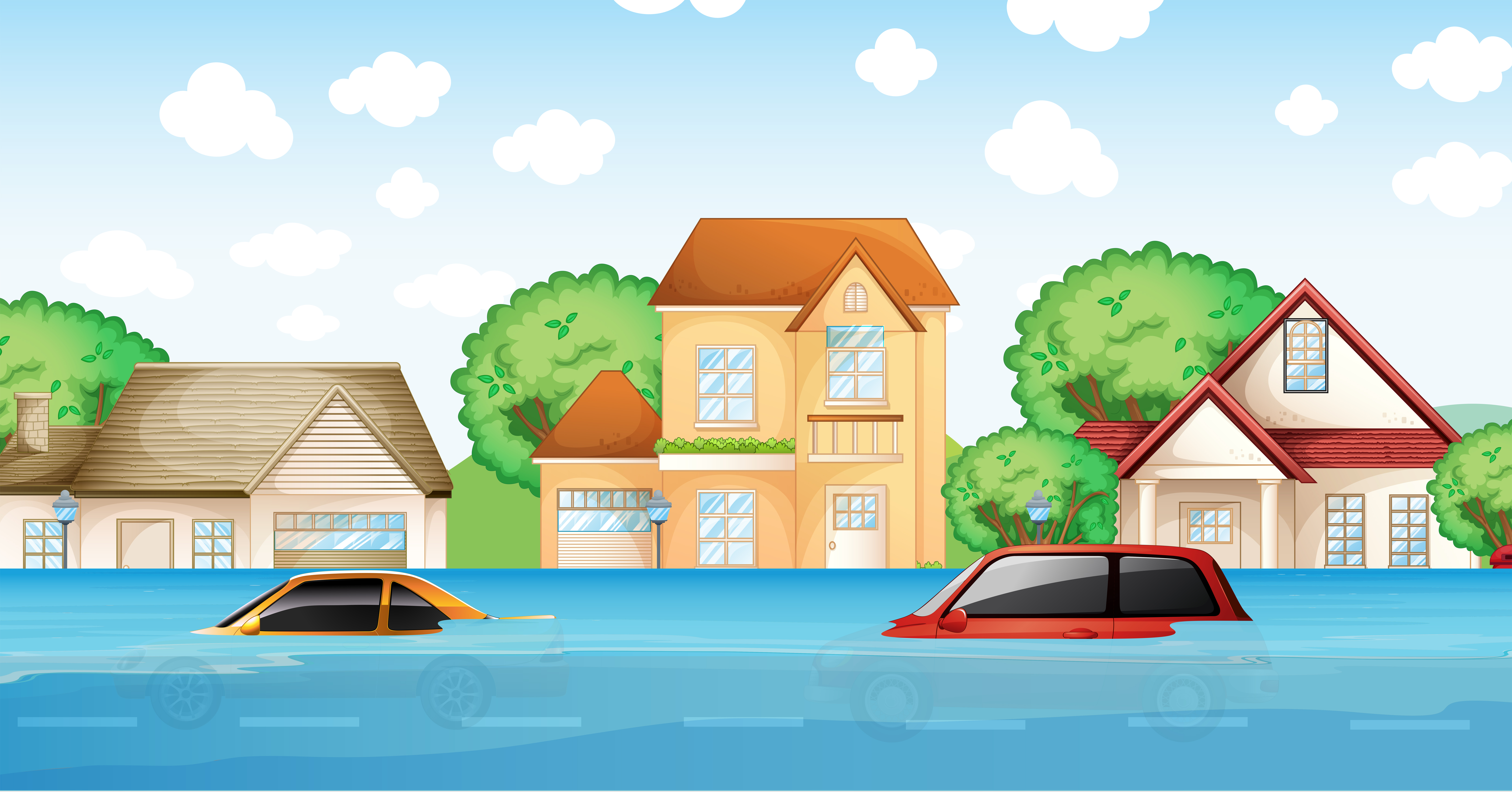

The massive lowland floodplain of the Amazon River, for instance, is carved with hundreds of oxbow lakes that document the meandering river and its tributaries over time. Aggradation (or alluviation) of a floodplain describes the process in which earthen material increases as the floodway deposits sediment.Ī river erodes a floodplain as it meanders, or curves from side to side. The erosion of a floodplain describes the process in which earth is worn away by the movement of a floodway. There are two major processes involved in the natural development of floodplains: erosion and aggradation. As the Zambezi leaves the wide floodplain of the sandy Kalahari, it enters a narrow basalt channel as fast-moving whitewater rapids. Ngonye Falls, Zambia, marks a remote stretch of the Zambezi River where the floodplain is extremely narrow. These rivers usually have a steep stream gradient-a very deep, fast-moving channel. In fact, some rivers, or parts of rivers, seem to have no floodplain at all. Some rivers have very narrow floodplains. The Barotse floodplain includes the sandy Kalahari basin, which is waterlogged during the rainy season and an extension of the nearby Kalahari Desert during the dry season. The Barotse floodplain of the Zambezi River, for example, is a vast wetland stretching thousands of kilometers through Angola, Zambia, and Botswana. Some floodplains are extraordinarily wide. The flood fringe of the seasonal Todd River extends the floodplain to 445 square kilometers (170 square miles). Bluff lines, also called valley walls, mark the area where the valley floor begins to rise into bluffs. The flood fringe extends from the outer banks of the floodway to the bluff lines of a river valley. The floodway of the Todd River in Australia’s Northern Territory, for instance, is an ephemeral stream, meaning its channel can be dry for months at a time.īeyond the floodway is the flood fringe. Floodways can sometimes be seasonal, meaning the channel is dry for part of the year. The first is the main channel of the river itself, called the floodway. It stretches from the banks of the river to the outer edges of the valley.Ī floodplain consists of two parts. RSVP by Februat QuinteConservation.A floodplain (or floodplain) is a generally flat area of land next to a river or stream. Questions can be submitted at the time of registration. The information session will include a presentation by Jewell Engineeringįollowed by a question and answer session with Quinte Conservation.
Flood plain clip art update#
This project is being funded by the Municipality of Prince Edward County and the National Disaster Mitigation Program to update the original mapping completed in 1979. The mapping will be used by the Municipality and Quinte Conservation to help protect people and property from damages associated with flooding. This update looks at changes that have occurred in the watershed over the last 43 years as well as changing climate conditions. Quinte Conservation is seeking public input on the update of floodplain mapping for Lane Creek in the Village of Wellington. Click here to view map for Lane Creek Floodplain Mapping Project Introduction


 0 kommentar(er)
0 kommentar(er)
